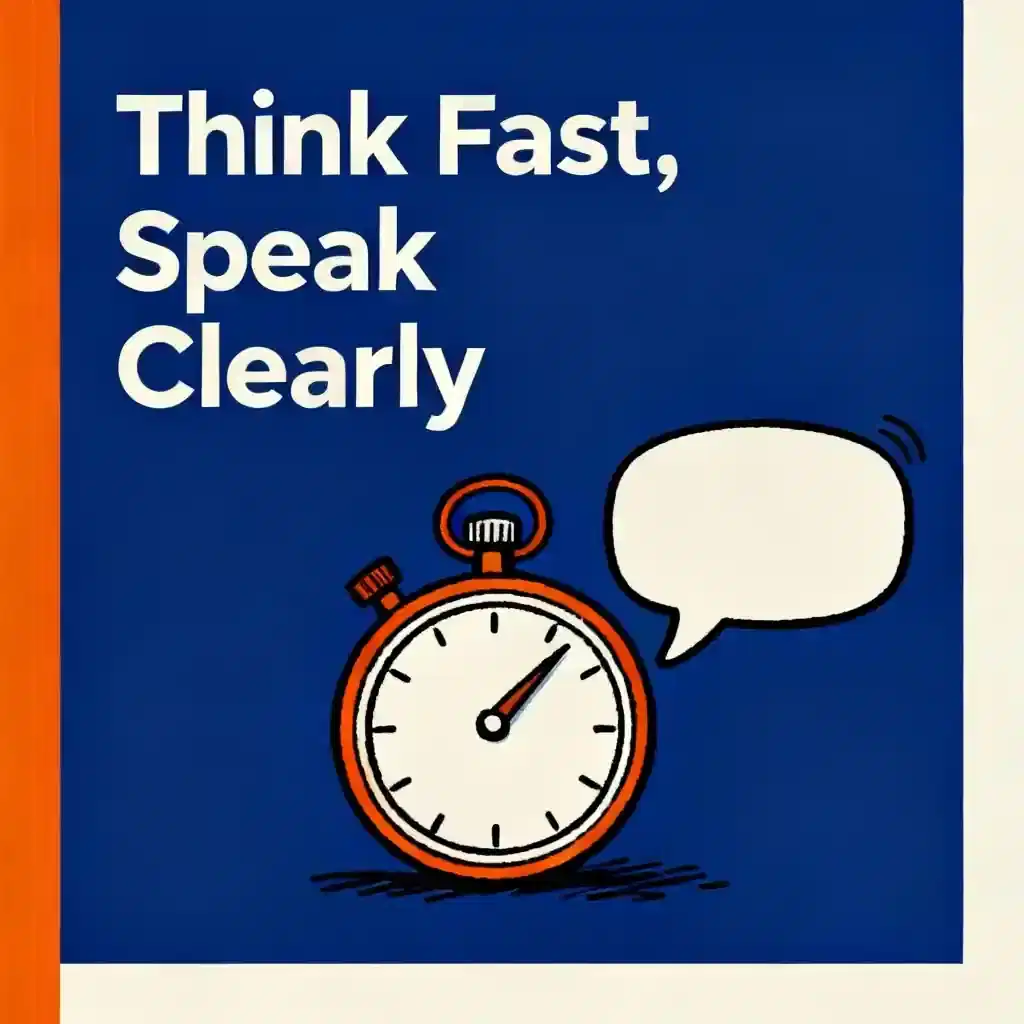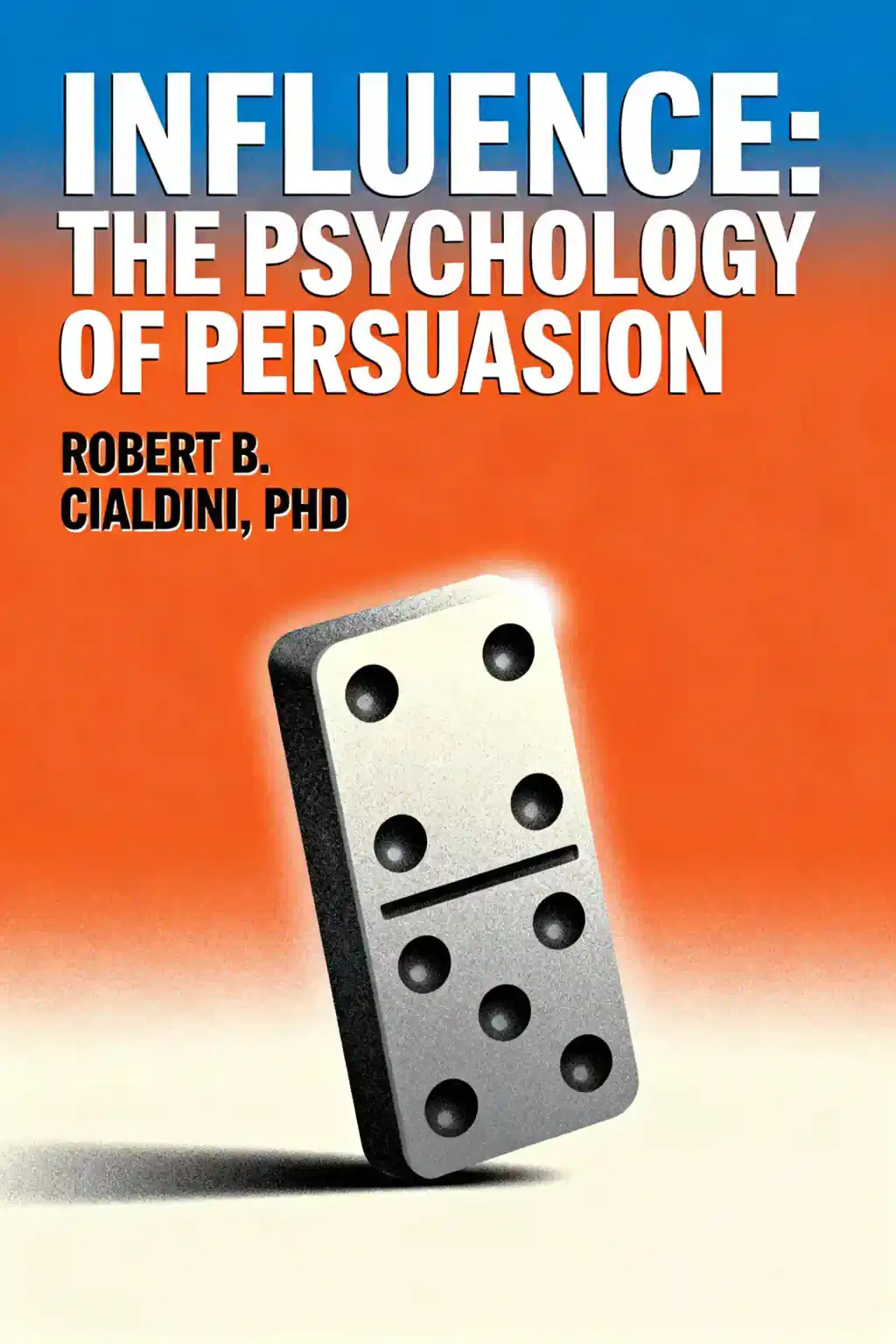What is
The First Minute by Chris Fenning about?
The First Minute provides a step-by-step framework for starting workplace conversations effectively. Chris Fenning teaches how to structure summaries using the Goal, Problem, Solution (GPS) method, prime audiences with time and validation checks, and avoid miscommunication by focusing on clarity from the first 15 seconds. The book emphasizes actionable techniques for emails, meetings, and presentations.
Who should read
The First Minute?
Professionals across industries—managers, team leads, executives, and individual contributors—who want to save time, reduce misunderstandings, and improve decision-making through concise communication. It’s particularly valuable for those navigating cross-functional collaboration or frequent stakeholder updates.
Is
The First Minute worth reading?
Yes. Award-winning and translated into 15 languages, the book offers practical, universally applicable frameworks. Readers praise its focus on reducing meeting times, improving email clarity, and fostering solution-driven dialogues. Ideal for anyone seeking to enhance their professional influence through structured communication.
What is the GPS method in
The First Minute?
The Goal, Problem, Solution (GPS) method structures summaries into three parts:
- Goal: Define the desired outcome.
- Problem: Identify the obstacle.
- Solution: Propose actionable steps.
This framework ensures complex topics are conveyed clearly in under a minute, minimizing confusion.
How does Chris Fenning suggest framing a conversation?
Fenning advises using framing within the first 15 seconds:
- Context: State the topic.
- Intent: Specify what you need from the audience.
- Key Message: Highlight the most critical point.
This approach aligns expectations and reduces tangents.
What are the key steps to prime your audience?
- Time Check: Clarify how long the conversation will take (e.g., “This will take 2 minutes”).
- Validation Checkpoint: Confirm the listener’s availability and focus (e.g., “Is now a good time?”).
These steps ensure your message is heard without interruptions.
Can
The First Minute improve workplace meetings?
Yes. By applying GPS summaries and framing, meetings become shorter and more outcome-focused. The book also advises against dwelling on problems, instead directing discussions toward solutions—reducing wasted time by up to 50%.
How to apply
The First Minute principles in emails?
- Start with a subject line that states intent (e.g., “Action Required: Budget Approval by Friday”).
- Use the GPS structure in the opening lines.
- Avoid lengthy background details unless critical.
This method increases email response rates and clarity.
What are common communication pitfalls addressed in the book?
- Rambling without a clear structure.
- Failing to validate the listener’s readiness.
- Over-explaining problems instead of proposing solutions.
- Starting conversations without context or intent.
What is the role of validation in conversations?
Validation ensures the listener is mentally present and has the authority to act. For example, asking, “Can you help with this now?” prevents unproductive discussions and redirects you to the right person faster.
How does
The First Minute compare to other communication books?
Unlike general advice on brevity, Fenning provides concrete frameworks like GPS and priming steps. It’s more tactical than theoretical, focusing on the critical first minute rather than broad communication principles.
What are the main criticisms of
The First Minute?
While praised for practicality, some note the methods require practice to master. Critics suggest pairing it with emotional intelligence training for complex interpersonal dynamics. However, its structured approach is widely adaptable.
Why is
The First Minute relevant for remote work?
Remote teams rely heavily on written and virtual communication. The book’s framing techniques prevent misalignment in emails or video calls, while GPS summaries keep asynchronous updates concise—critical for global teams.


















